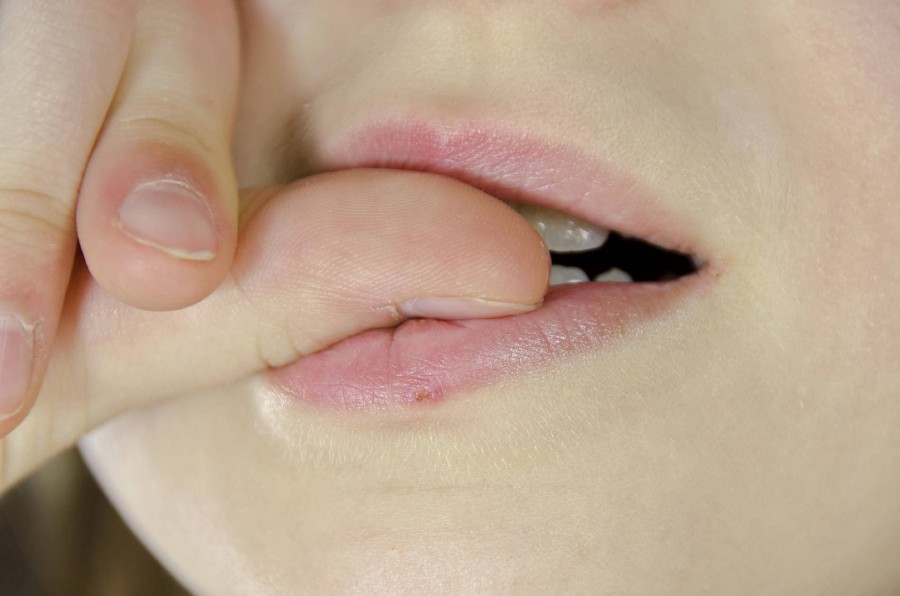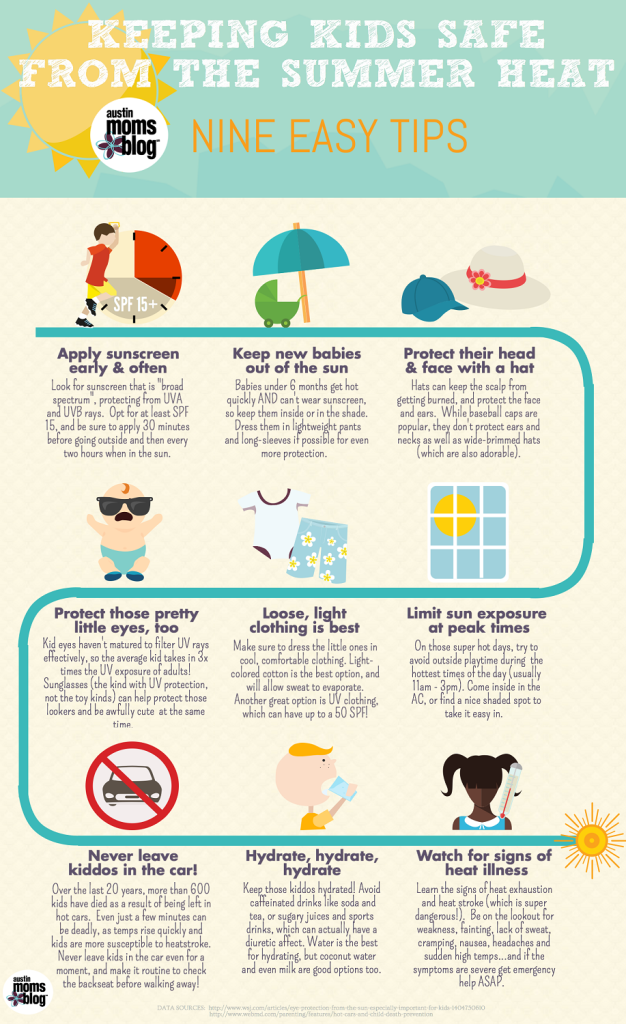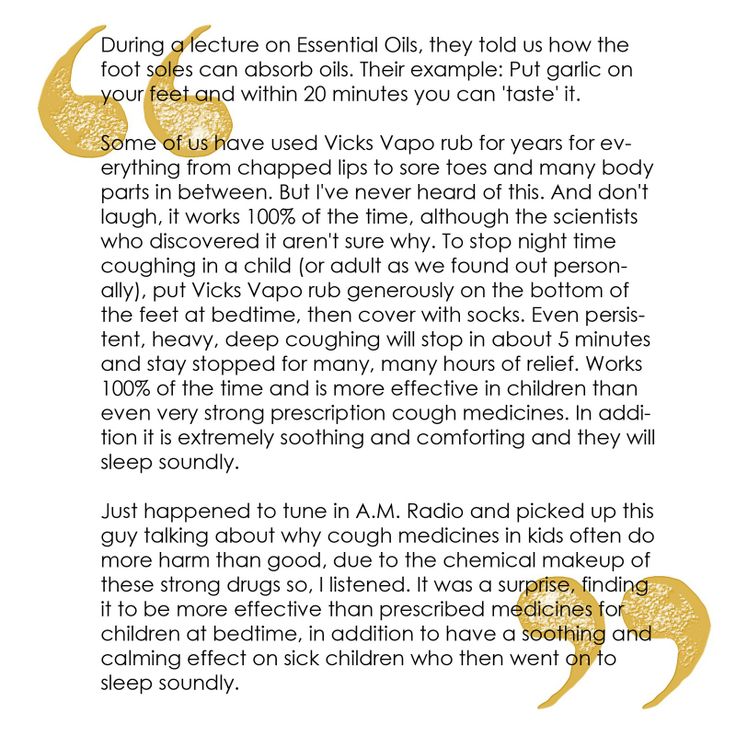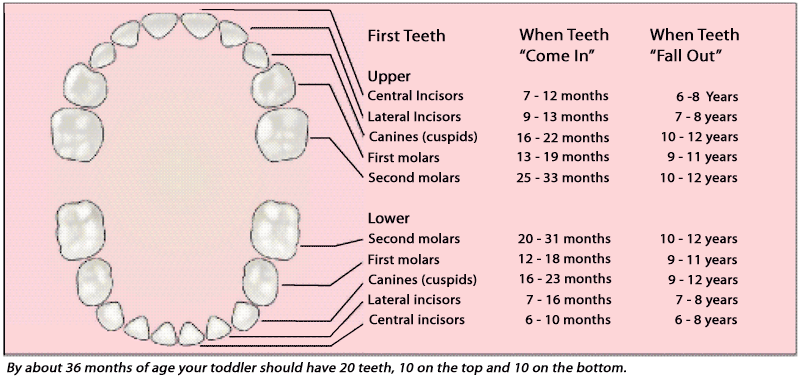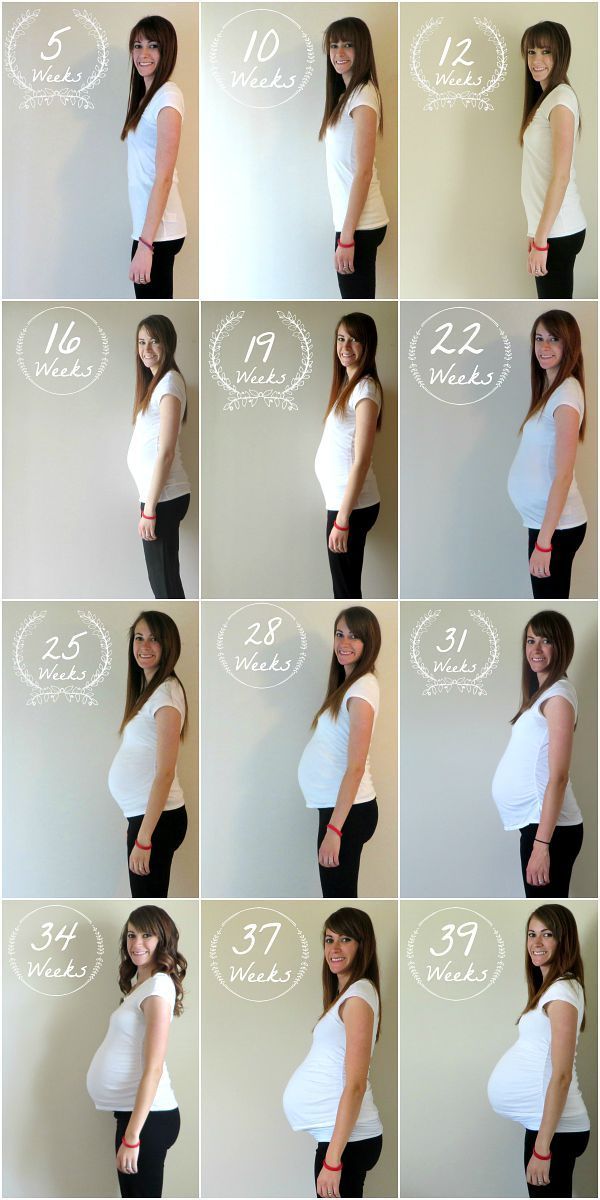How to make child learn colors
9 Simple Ways to Get Your Toddler to Learn Colors
97 shares
- Share
- Tweet
Once your child has reached the big milestone of turning 1, you’ll notice they become little sponges of information. They start walking, talking, and being so much more independent now that the baby stage is long gone.
Around this age is when you can start introducing them to colors. It’s important for a child to start hearing words often in order to remember it.
Even though they probably won’t be able to fully understand and retain the concept of colors until around 18 months, it’s a good idea to start teaching it early on. This is when learning colors will start to make sense to them, just like learning names of objects made sense to them around the 1 yearmark.
Color matching (putting the red piece on the red spot) is one of the simplest forms of learning colors. It may occur first, along with recognizing and choosing colors when asked for them (handing you the red piece when you say give me the red piece). Lastly comes naming colors (being able to say red when asked what color is this?).
This post may contain affiliate links which I would receive a small commission should you make a purchase.
The key to your child learning colors is over-exposure. As I’ll talk about below, you want to give them tons of opportunities to hear you say the colors names, be asked the color’s names, and see them often.
Get A Year of Activities for Your Child FREE!
Sign up here to get an email every month with new and exciting crafts, activities, and printables for your children.
I started really introducing my daughter to colors around 16 months old and she got a grasp of the concept quickly. Here are some simple tips to teach your toddler their colors:
1. Start simple
Don’t overwhelm your toddler with too many colors at once. Focus on two at a time and then add more in as they become familiar with those.
Whenever you see those two colors, point them out to your child, but don’t label any other colors yet. For example, choose to teach your child red and green first. Whenever you see anything red or green, point it out. Give them only red and green objects at certain playtimes.
For example, choose to teach your child red and green first. Whenever you see anything red or green, point it out. Give them only red and green objects at certain playtimes.
Clearly label and talk about the red versus green objects. Ask them to sort only objects that are red or green. Once they are familiar with red and green and the differences between those two, add in yellow. Of course they will see other colors while they play, but really try to only speak about the few colors that you choose.
Showing them less choices will help them to remember the colors easier.
Related post: Pom Pom Tube Drop: Toddler Fine Motor Activity
2. Use small, colorful objects for sorting
I love using fun, simple objects for learning colors and counting. Toddlers love little pompoms because of their softness and they’ll be excited to learn with them.
I like to group and sort them by color as my daughter puts them into their correct pile. If your child is just learning colors, naming the colors of each pompom works great too.
This Rainbow Counting Bears Sorting Toy makes a fun learning resource for introducing color recognition & basic mathematics concepts such as counting and addition. It can also be used for kids math and counting games for toddlers and great for developing fine motor skills with the tongs.
Have your toddler sort the bears into their same color cup. They can use their hands or tongs . They’ll also have a fun time using their imagination to make stories and games with the bears.
3. Distinguish contrasting colors
It’s best to use colors that are not at all similar to each other so you don’t confuse your toddler. Items that have contrasting colors will stick out more to them when they’re learning.
For example, if you’re teaching colors side by side, don’t put blue and purple together, red and orange, red and pink, etc. Colors that pair well with contrast are red/green, blue/yellow, purple/green, and black/white. There are plenty more combinations to use.
Also, sometimes certain shades of a color will be closely related like a yellowish green will look similar to yellow or a turquoise could look closer to a green or blue.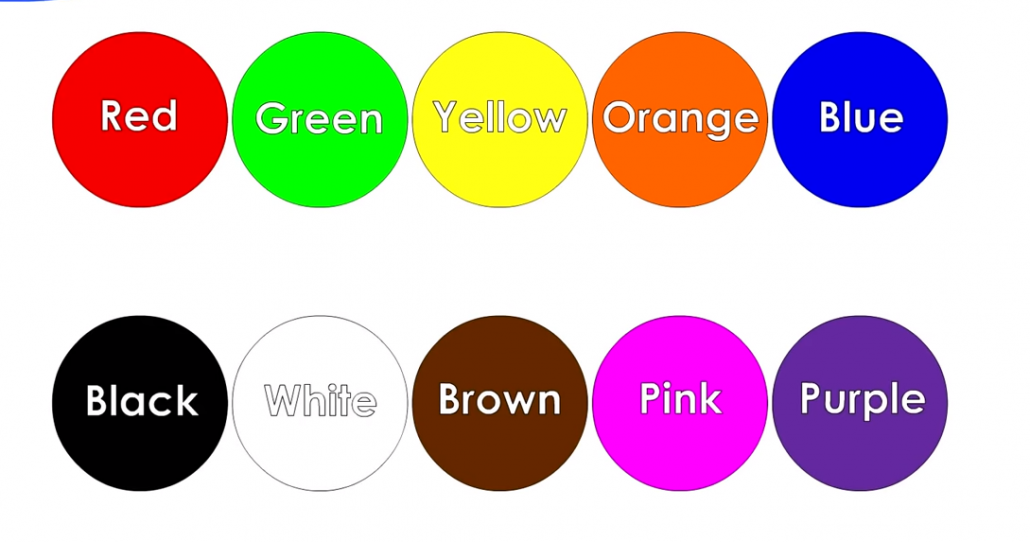 Try to stick to the basic primary colors when teaching them.
Try to stick to the basic primary colors when teaching them.
Check out our post on the Pompom Whisk Activity for Toddlers where you child can try a fun activity while also learning their colors.
4. Color puzzles
Puzzles are a great activity to develop language, cognition, and fine motor skills. My daughter loves the Melissa & Doug Colorful Fish Puzzle and is always asking to do it.
While we play, I verbally label each color as she puts the piece in the board so that she hears it over and over and can match the color name with what she sees.
Since this color puzzle is using all fish, your child won’t have to focus on the pictures or objects on the puzzle, but will be able to just pay attention to the colors. I think this was one of the best aids that taught my daughter her colors so early.
5. Use the same objects
The concept of colors may be a little difficult for babies and toddlers to understand because it’s a word typically used to describe something else.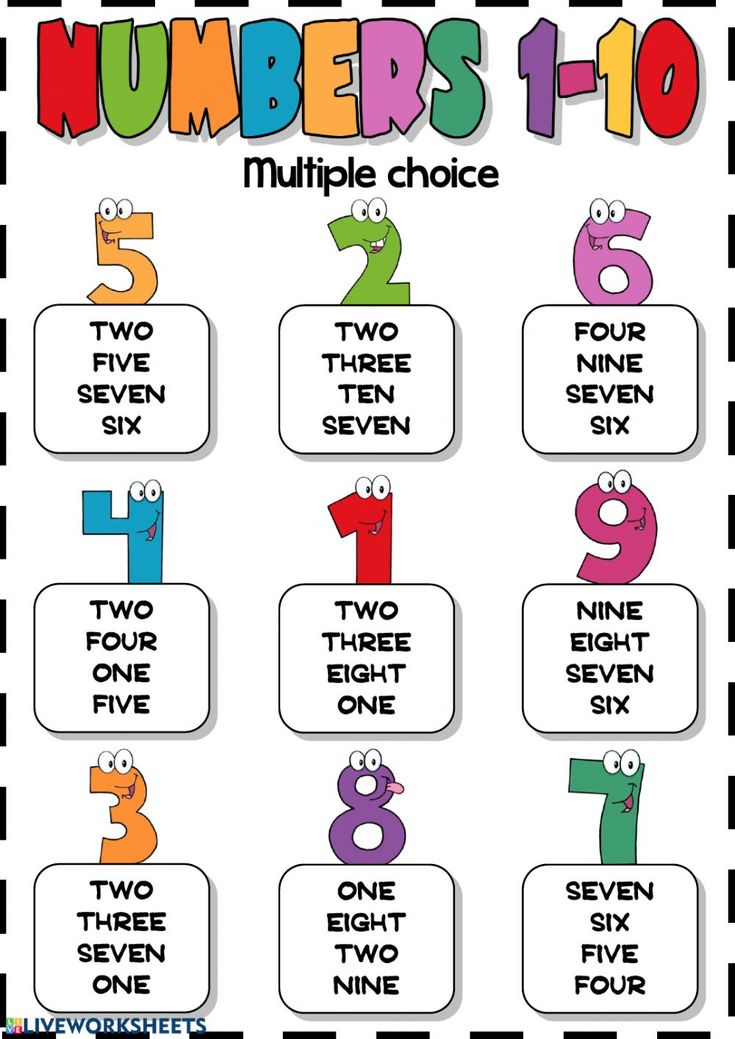 So far they have been learning words of actual things, like ball, car, mommy, milk, etc.
So far they have been learning words of actual things, like ball, car, mommy, milk, etc.
All items they can see or hold and names of these objects can make sense to them.
To get them to understand the concept of colors better, make sure you’re using two identical objects to point out the color differences. For example, don’t show your child a red car and a blue block because she will just think that you’re naming it differently because the object is different.
Instead, use a red car and a blue car to distinguish the differences.
This activity below works on color matching and sorting which are the first color activities your toddler will be able to do. We used MegaBlocks, but you can really use any blocks or toys that have different colors.
Simply put construction paper on the floor in the colors of the blocks and have your child match their toy to the colored paper. Read more about this activity here.
6. Label EVERYTHING with a color
This will help them to quickly build their language and vocabulary. Anything they see in their everyday world has a color. Make sure to verbally label objects with their names and colors as you see them, pass them, and give to them.
Anything they see in their everyday world has a color. Make sure to verbally label objects with their names and colors as you see them, pass them, and give to them.
When you’re first starting to introduce colors, you may want to just label the colors on their own so they’re not confused by the color and the name. You’d be surprised how quickly children pick up these concepts and understand that you’re not naming the object, but just describing the color.
Related Post: Sticker Letter Activity: Letter Learning for Toddlers
7. Color with crayons and markers
Coloring is a great skill for toddlers to develop fine and visual motor skills (coordinating their hands and eyes to perform a task). Have your child use crayons to scribble on paper and point out and label the colors that they use.
You can print out free blank coloring pages of their favorite characters or objects hereif using a blank paper gets boring to them.
For little hands, I highly recommend these finger crayons.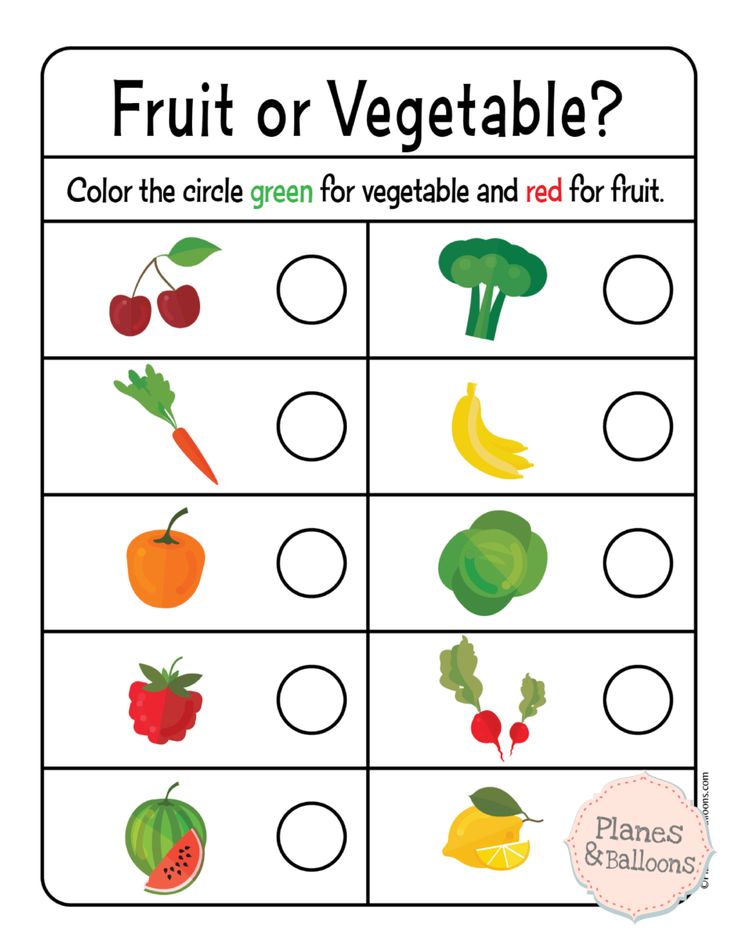 They are perfect for tiny fingers to wrap around and promote a proper grasp around the crayon. Skinny or chunky crayons just don’t allow your young toddler to hold it the correct way and it will end up tiring them out quicker.
They are perfect for tiny fingers to wrap around and promote a proper grasp around the crayon. Skinny or chunky crayons just don’t allow your young toddler to hold it the correct way and it will end up tiring them out quicker.
8. In their natural environment
Kids learn best in the context of their everyday environment. Point out the contrasting colors at:
- mealtimes (green beans, yellow corn, red raspberries)
- during dressing (blue shirt, black pants)
- during playtime (red blocks, blue balls)
- outdoors (blue sky, green grass, pink flower)
9. Fingerpainting
Sensory experiences where children are actively touching, tasting, hearing or smelling things are one of the best ways to teach your kids new concepts. Your toddler will love trying out their artistic capabilities by rubbing their hands on paper with finger paint.
By just getting 3 primary colors (blue, red, yellow) of finger paint, you can mix them until you make secondary colors (green, purple, orange).
Have your toddler rub their hands and fingers in the paint and just smudge it onto paper. Talk about the colors they are using and ask them what color is on their hands and on the paper.
You can make your own finger paint at home so quickly, which is safe and even edible for your child. Check out this post: Sensory Edible Finger Paint for the recipe!
Related Post: Edible Finger Painting Recipe
10. Songs and Videos
Toddlers and babies love to hear music. Whether it be songs on the stereo, mommy singing, or making their own sounds by shouting at the top of their lungs, they are drawn to it.
Using songs (especially with visuals) is a great way to teach your child new concepts. Putting words to music helps things to stick better in their brain and will give them a higher chance of learning the skill.
Here is a short video that can help your toddler to learn their colors by combining colorful graphics to a catchy tune. You can also make up your own songs and melodies to sing as you show them colors.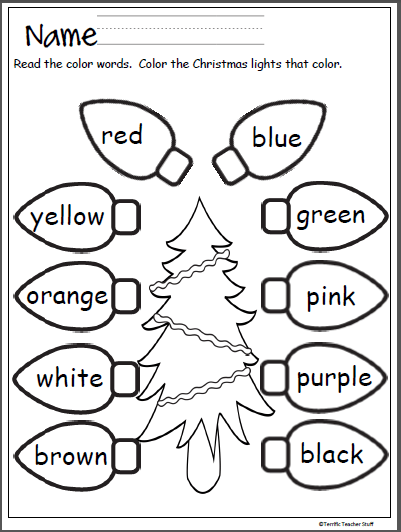
Even just saying the colors but having a little rhythm to it will help your child to remember the colors easier.
Related posts:
How To Teach Your Toddler Colors! (9 SIMPLE Strategies)
lorsAre you trying to teach your child the beautiful colors of the world?
It’s kind of hard, huh?
When I started teaching my kids colors, I had no idea that it could be more complicated than learning the alphabet or numbers!
But it makes complete sense. Toddlers are learning to identify SO MANY new objects like shoes, apples, balls, etc.,
And then, we add the element of color to each item.
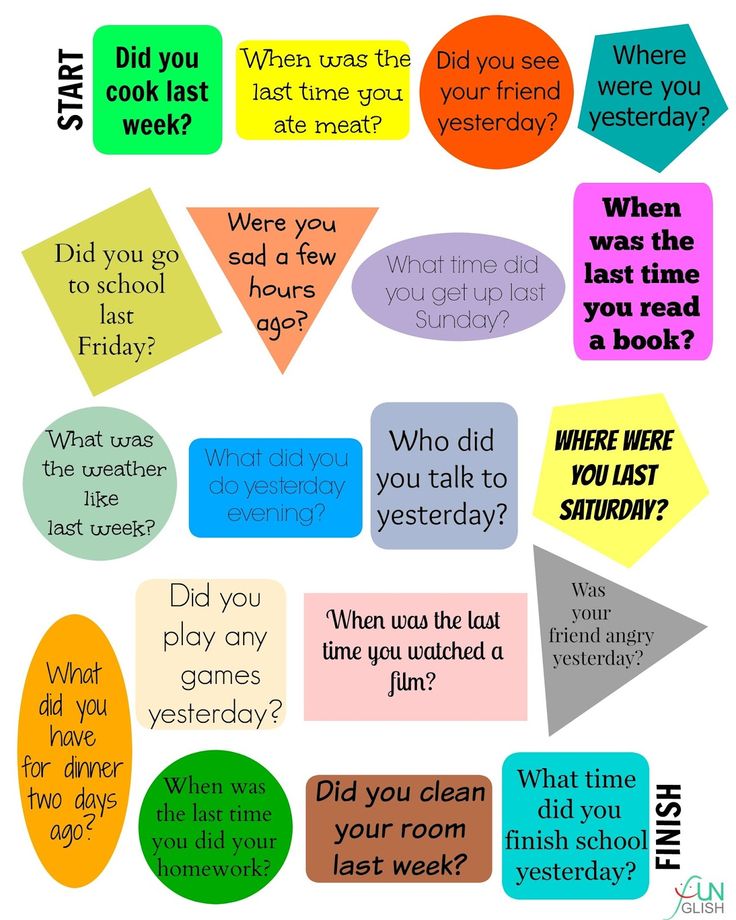
That’s pretty high-level thinking for these kiddos!
For a frame of reference, Most toddlers can learn how to differentiate colors by 18 months old. However, it takes them a little longer to be able to name the colors. This milestone typically occurs at 2.5 or 3 years old! But remember that these ages range DRAMATICALLY between different kids, so don’t panic if your child is a bit behind.
Do you want to teach your child about the beautiful colors of our world?
In today’s post, I am sharing 9 ways you can teach your toddler the colors!
#1. Focus on one color at a time.
I don’t know about you, but opening a brand new pack of Crayola crayons is one of my favorite things to do!
In that box of crayons, there are many colors to choose from, and the massive amount of choices can become a problem. To keep a toddler from being overwhelmed, it’s best to have them choose one color that is their favorite.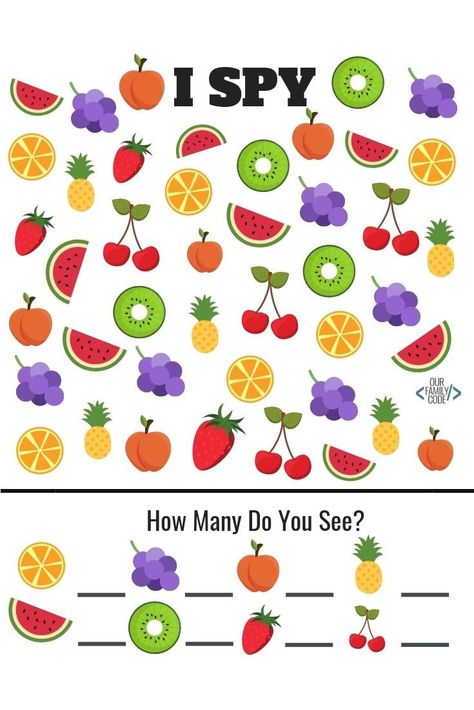
By focusing on only one color at a time, the child will be able to identify that color more clearly.
When your child has picked out their favorite color, allow them to get some of their creativity out! Grab a piece of paper or coloring book page and show your toddler how to scribble with the crayon.
Make sure to point out objects inside and outside the house that are the color that they chose to make a connection to real-life things.
Once they have mastered one color, move onto another color.
#2. Sort objects by color.
Do you want your kids to be organized like Marie Kondo? YES PLEASE!
Learning how to sort things can help organizational skills! Sorting activities are great for learning that things can be different and the same.
Painting trays View/Check Amazon's Price
I like to use a paint tray for sorting activities because it separates each colored item.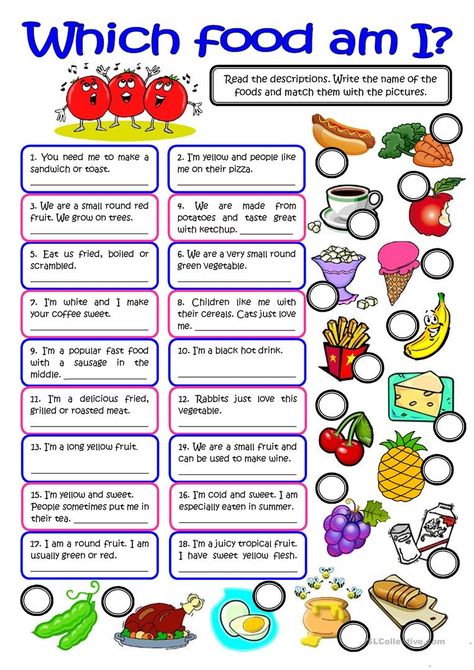 If you don’t have a paint tray, you can use cupcake tins or even just different boxes or Tupperware containers!
If you don’t have a paint tray, you can use cupcake tins or even just different boxes or Tupperware containers!
In the beginning stages of sorting, you should label what color item you want the toddler to place in each section, so it’s easier for them to figure out. Also, start with only 2-3 different colors to sort then add more when they get the hang of it!
The great thing about sorting activities is that there are endless possibilities of items that you can sort. Some examples are pom poms, colored paper clips, beads, colored goldfish crackers, marbles, Fruit Loops, M&M’s, and Skittles.
You can dump out the items of your choice out on the floor or table and show the toddler how to separate the things in different sections. Ask them to finish what you started! It may take them a little bit of time to catch on, so be patient and give them positive feedback.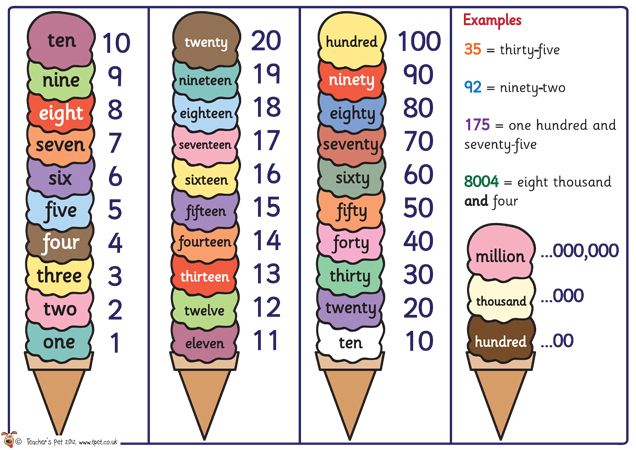
#3. Play with color learning toys.
When I first began teaching my children colors, I didn’t use any toys. I thought it’s best to use art supplies to teach them about the colors!
But after my son started coloring with markers all over my kitchen floor, I needed to come up with a better plan.
Through play and everyday experiences, children will learn their colors if a parent or caregiver helps teach and interact with them!
Here FIVE of my favorite toys that help children learn their colors!
A. Color Fun Fish Bowl
There are two functions on this toy. It can explain what color each fish is when it’s put into the bowl, or it will ask the toddler to find a color and place that fish in the slot. My son enjoys putting the fish in the slot, which works on fine motor skills too!
B. Counting Bears with Stacking Cups
View Price - Amazon
The counting bears work on several different skills (colors, sorting, and patterns).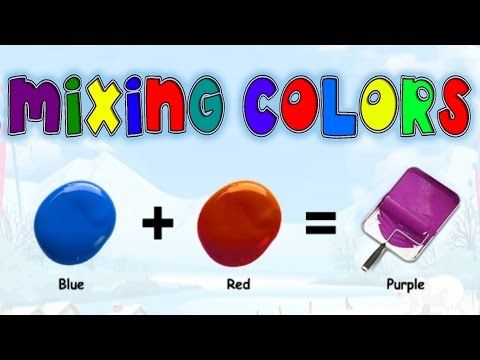 The counting bears are excellent for older toddlers and preschool-aged children!
The counting bears are excellent for older toddlers and preschool-aged children!
C. Think & Learn Smart Scan Color Chameleon
View Amazon's Price
SO INTERACTIVE! The color chameleon lights up and changes its color depending on what paint splat it touches. Kids can also scan other things around the home too, and it’ll light up that color, which is AMAZING! Lastly, the chameleon has a game mode that has several different options for preschoolers, so this toy is excellent for long term use!
D. Melissa and Doug Fish Colors Mix ‘n Match Peg Puzzle
View Amazon's Price
It is no secret that I love Melissa and Doug learning products.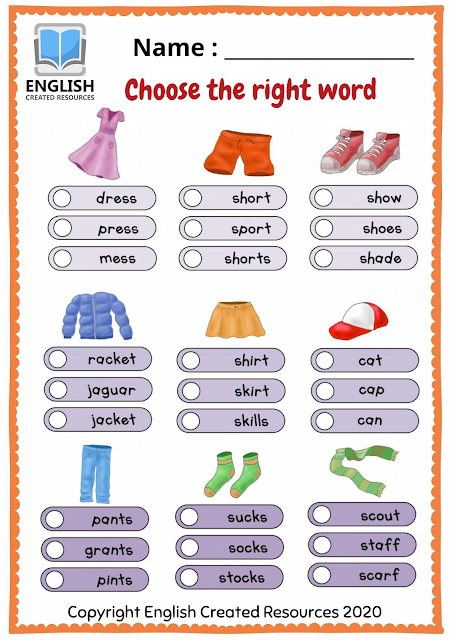 I honestly feel that all of their puzzles helped my kids learn not only their colors, but the ABC’s, numbers, and shapes!
I honestly feel that all of their puzzles helped my kids learn not only their colors, but the ABC’s, numbers, and shapes!
E. Color Matching Egg Set
View Amazons Price
These color matching eggs not only works on color matching, but it also works on counting. These eggs are one of my son’s favorite toys right now!
#4. Break out those art supplies!
Letting your toddler play with crayons, markers, colored pencils, or paints is one of the BEST ways to introduce the world of colors to them.
Recently, my son has discovered our dry erase markers, and he LOVES scribbling all over our dry erase board! This simple activity keeps him busy for 15 minutes!
Like I said earlier though, make sure you keep your eye on them if you give them any markers, crayons, etc. because things can get out of hand quickly 🙂
Need some inspiration?
Here are THREE easy and fun ideas that I have done with my kids that focus on learning the colors!
A.
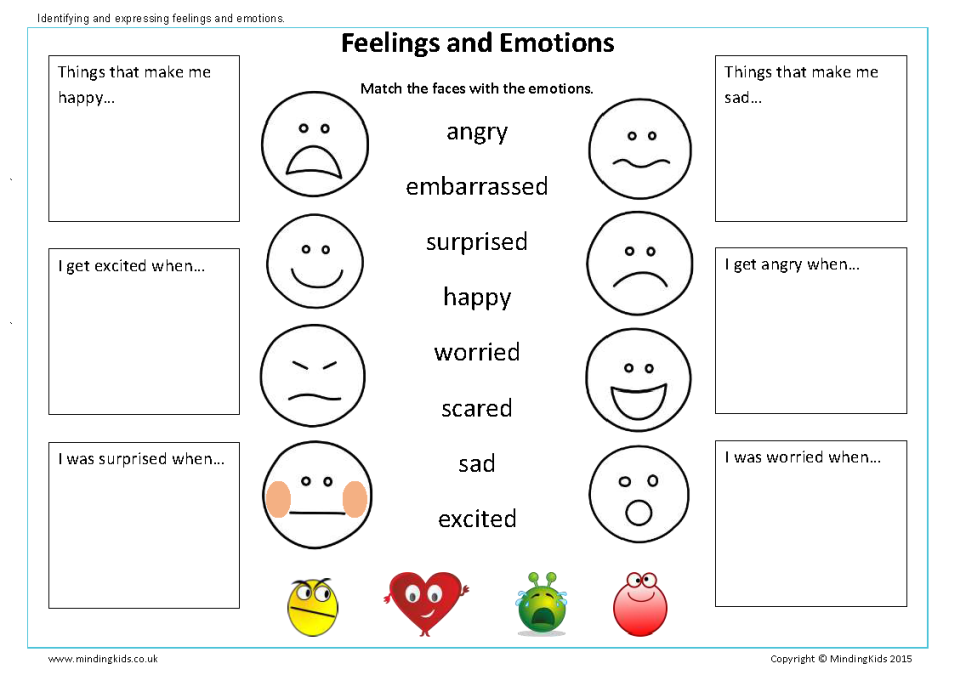 Plastic Bag Painting
Plastic Bag PaintingI have been teaching my son the colors by doing a color of the week project. To keep things less messy, I tried finger painting through a zip-lock bag.
B. Cotton Ball Painting
You need a picture to paint, cotton balls, wooden clothespins, kids washable paint, and a paint tray/cupcake tins work too!
C. Rainbow Art
For the older toddlers and preschoolers, this rainbow project is perfect for learning the colors of the rainbow!
For this project, you need Fruit Loops, cotton balls, paper, and glue.
#5. Try Mess-Free Art!
What if I told you that you didn’t have to clean up after an art project?
You don’t believe me, do you?
There are days that I don’t feel like wiping down all areas of my kitchen because of an art project.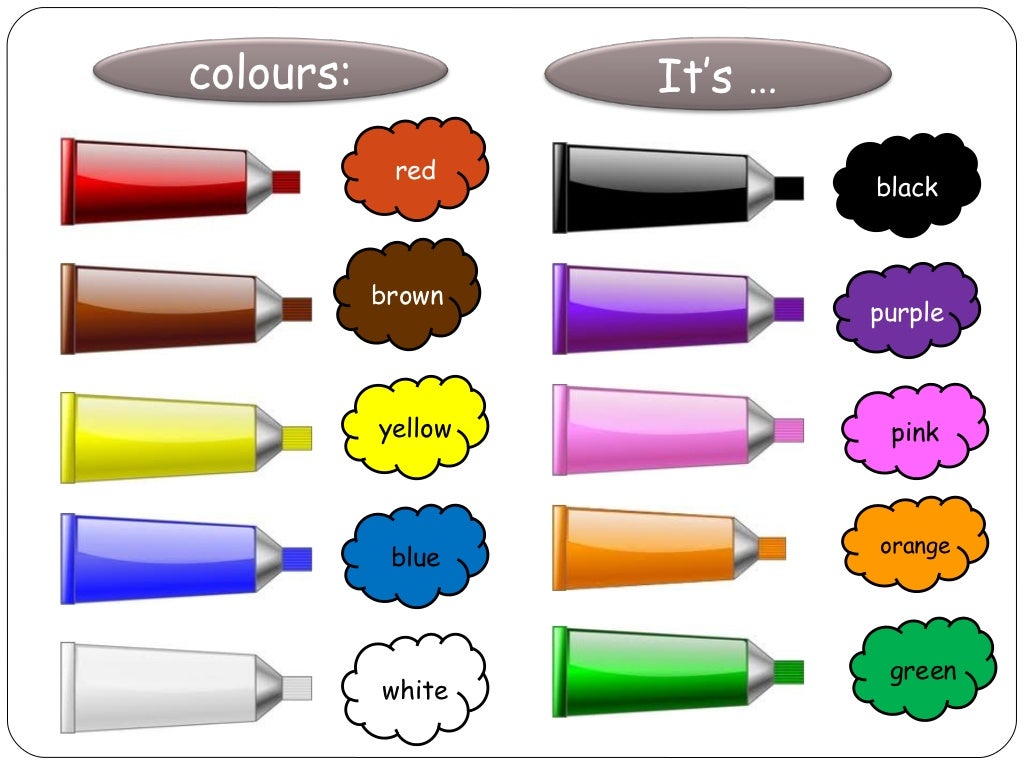 If you’ve never been introduced to the Crayola Mess-Free collection, you must check these items out!
If you’ve never been introduced to the Crayola Mess-Free collection, you must check these items out!
The inks and markers from these 3 products
WON’T stain skin, furniture, or fabrics!
A. Crayola Color Wonder Mess Free Moana Book
These coloring books are the BEST on the go activity. We bring them on airplanes, take them to restaurants and in the car!
Need extra mess-free coloring markers?
- Crayola Color Wonder Markers
B. Crayola Color Wonder Mess Free Coloring Activity Set
View Amazons Cost
My son got this set for his second birthday, and we used it immediately at a sporting event we attended! This is a great on-the-go activity when you know your child may be bored within a few minutes.
This set comes with 5 markers, 15 coloring pages, 2 sticker sheets, ink pad, and 4 stamps!
C.
Check Amazons Price
The paints for this set will only work on the color wonder paper provided. The paint is clear, but when it brushes on the color wonder paper, it will turn the color that is in each container!
#6. Point out colors that you see!
This strategy is one of the BEST ways to teach the colors to your toddler!
Everything in our world has color, so make sure to point colors out to your children!
When explaining colors to a toddler, show them a specific object, and tell them what color it is. “Look at that tree, it’s leaves are green,” “Take a bite of this red apple,” or “that bicycle is blue” are some examples of how you should describe an object to a toddler.
When you want to start checking for understanding, you can ask them questions like:
- “Find me the purple flowers,”
- “Show me the orange ball,”
- “Can you bring me the brown marker”?
This is a more advanced skill because the child will have to choose the specific color you are asking for.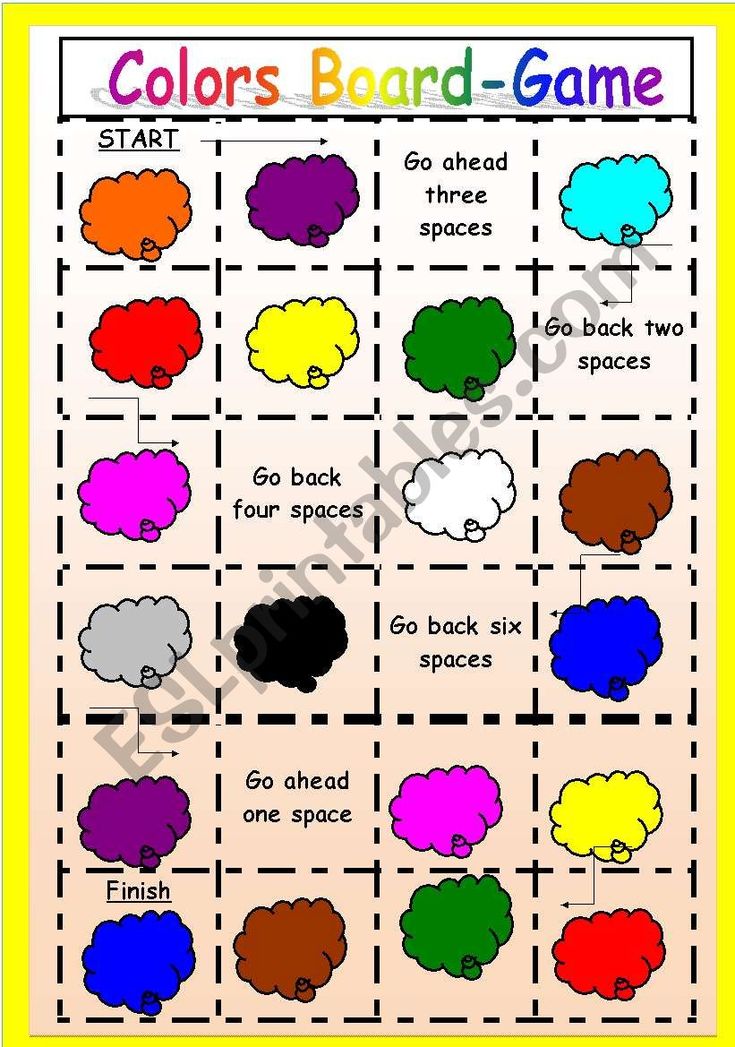
#7. Check for understanding.
Asking your toddler questions about colors is one of the most critical parts of the learning process. You will have no idea what they know if you don’t ask them questions.
Want to see an example of a way to check for understanding with colors? Take a look at this video of me asking my son questions about colors using pom-poms.
If your toddler makes a mistake while you are checking for understanding, make sure to provide them with corrective/ positive feedback.
In the video, you see that my son loses interest for a few seconds. Follow their lead when you are working with them and then try to pull them back in to see if they’ll continue.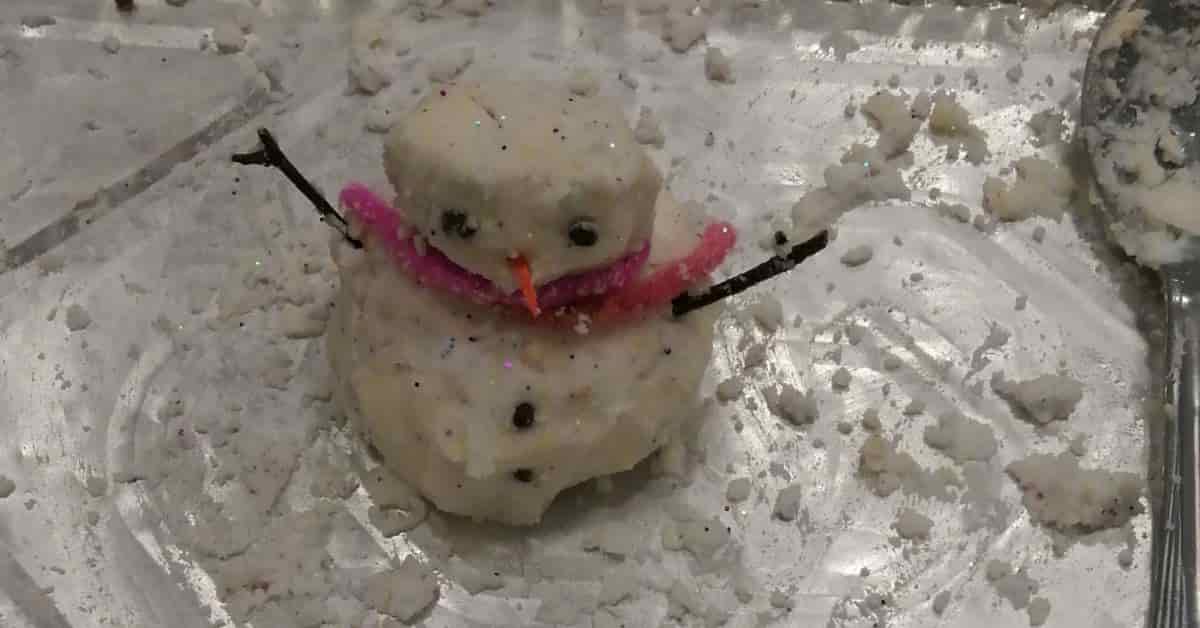 Trust me; you will be able to know if and when they are completely checked out 🙂
Trust me; you will be able to know if and when they are completely checked out 🙂
Does your toddler turn around and play with other toys when you try to ask them questions?
Think about when you were in school, and a teacher picked on you randomly when you weren’t ready to answer. That was THE WORST, right?
If your toddler doesn’t like to answer questions every time you try to check for understanding, that doesn’t mean that they don’t want to learn or they don’t understand the information.
They may want to show you differently what they know.
For example, if your child is playing with a color puzzle and they can match the colors together, then you know they are understanding colors.
Keep encouraging them by explaining each color as they play, and they will become more confident when being asked questions!
#8. Read color learning books.
We all know how essential reading is at every age! These first learning books that talk about colors are perfect for toddlers to start to learn.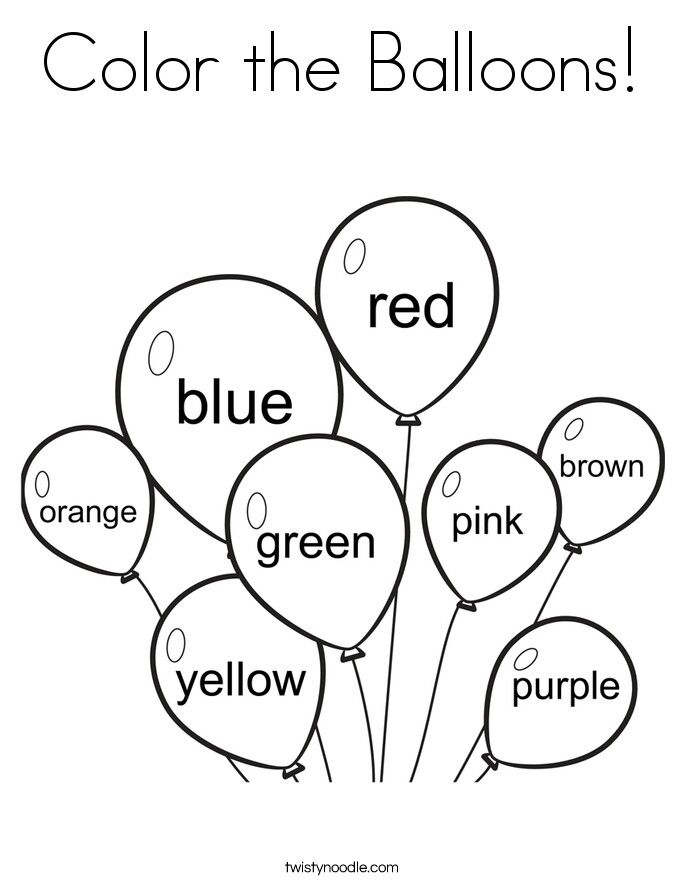
Here are THREE of our favorites!
A. Brown Bear, Brown Bear, What Do You See?
This book is one of my son’s favorites! If your toddler loves animals, this is the book for them. At the end of the book, all of the animals are pictured at once, which is an excellent time to point out colors and check for understanding!
B. Little Friends Sound Book: Colors by Roger Priddy
Looking for something more interactive? Little Friends Sound Book: Colors has buttons on the side that your toddler can touch to match the colors on each page!
C. Mix it up! by Herve Tullet
This book is for older toddlers and preschoolers. It’s wonderful for children that have a good grasp of the colors already because it talks about blending colors to create another color!
Personally, I’d choose this book because you’ll get the most use out of it for future learning!
9.
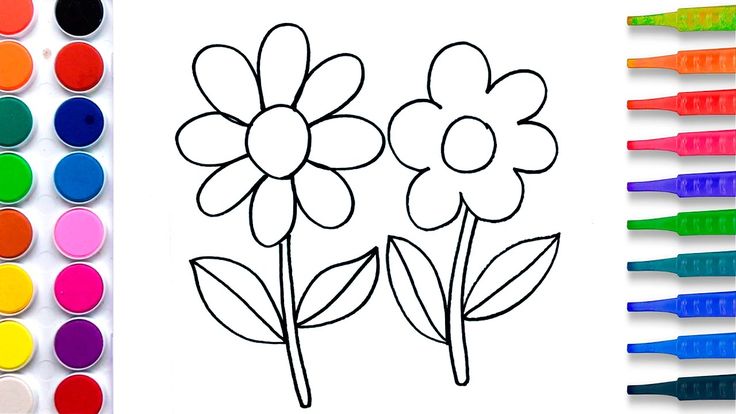 Get moving!
Get moving!
Are you looking for a way to get your child active while learning?
The following THREE color games will keep your toddler staying up and moving while working on their colors!
A. Color Scavenger Hunt
You can create your own scavenger hunt worksheet or use the one I created below!
- CLICK HERE TO GET YOUR FREE SCAVENGER HUNT PDF
Ask your toddler to find a specific object like “run and grab me a green leaf,” or you can be less specific and say “gallop to the garage and find something blue.” When they complete a task, check it off and go through all the colors with them!
Have a basket of all the items they collected and review at the end! They will love looking through everything they found.
Adding locomotor skills for older toddlers will excite them! These are movements such as skipping, running, leaping, galloping, sliding, walking, and hopping.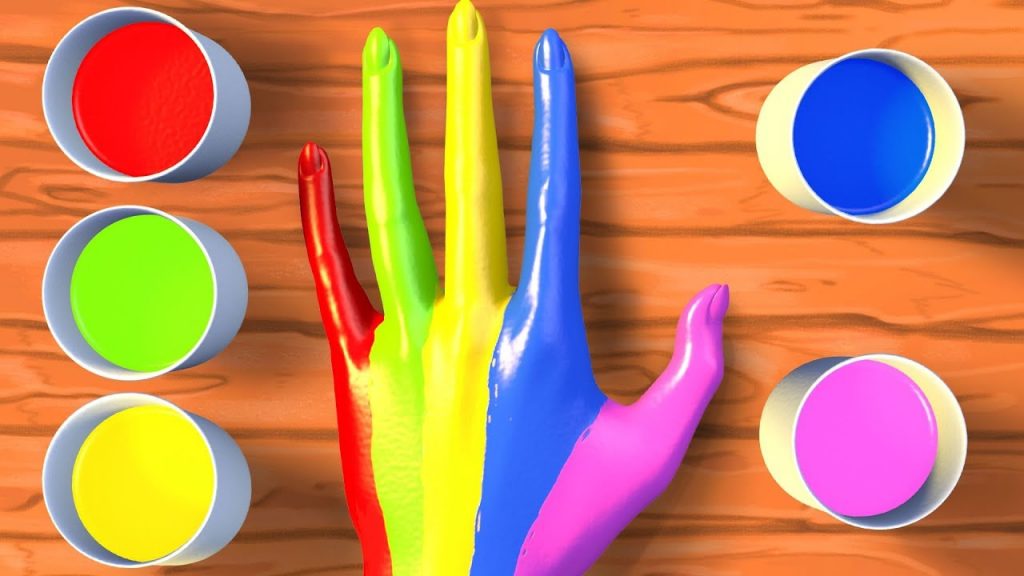
B. Bean Bag Tossing Game
Check Amazons Price
These beanbags are colored and have the name of the word written on them. You can work on color recognition for younger ones and sight words for preschoolers!
One of the best things about this game is that you can work on throwing and aiming skills.
To play with these bean bags, you need first to find a laundry basket, small trash can, or corn hole board! Then ask your toddler to pick a specific color and throw it in whatever container you have chosen.
C. Color Hopping Game
Take sidewalk chalk and make large circles with each color chalk that you have. Ask your toddler or preschooler to hop to a specific color.
After they reach that color, you can have them hop to another color, or you can have them perform a different locomotor movement.
Final Thoughts and Conclusion
Teaching your toddler colors is a fun but challenging adventure!
It’s essential to focus on one color at a time, play with color toys/art supplies, and point out colors daily. Try to mix up the activities that you do with them to keep them engaged and excited to learn!
I would love to help in your journey teaching your toddler colors. Whether you need some creative ideas or you need more helpful suggestions, please leave a comment below.
Also, I’d love to know:
What are your favorite ways to teach colors to toddlers?
How to teach a child to distinguish colors
Rastishka yogurts and curds are enriched with Ca and D3.
100 g of yogurt or cottage cheese provides 20-27% of the daily calcium requirement for preschool and school children.
About calcium
Rastishka
“Colors can be compared with vitamins that a child needs for growth and development”
(B. A. Bazyma)
A. Bazyma)
learning and not to demand the impossible from the child. So…
razvitie-krohi.ru
Age features of color perception
- Newborns see the world in black and white.
Display black and white ornaments and geometric shapes.
- At 4-5 months, the baby can recognize the primary colors of the spectrum.
Show him pure shades, without impurities and color transitions. At this age, the baby sees red shades better, and begin to get acquainted with the color from them. nine0003
- By the 7th month, the child has the ability to distinguish colors of the short-wavelength part of the spectrum (green, blue).
- Children learn to distinguish and remember colors through associations.
A child perceives color in unity with an object and a word. For example, "yellow" is a lemon or the sun. If you show the baby a picture where the sun is green, you will confuse him. To the question "What is it?" he may not be able to answer.
- Full-fledged color perception is formed in a child by the age of eight. nine0029
The sense of color can be developed. Start learning colors with basics, and then add shades.
- Anomalies in color perception in children occur with approximately the same frequency as in adults.
If you notice any abnormalities, seek medical advice.
- Color preferences change with age.
Children love color, react to it, play with it. Acquaintance with color helps them to cognize the world around them, develops observation, thinking, enriches speech. Children of different ages have different color preferences. This should be taken into account when decorating the interior of a children's room, buying clothes, etc.
How to teach colors to a 1-2 year old child
www.o-krohe.ru
Is it possible to teach colors to a child if he still cannot speak?
Not only possible, but necessary! The child is able to understand and remember what you will tell and show him.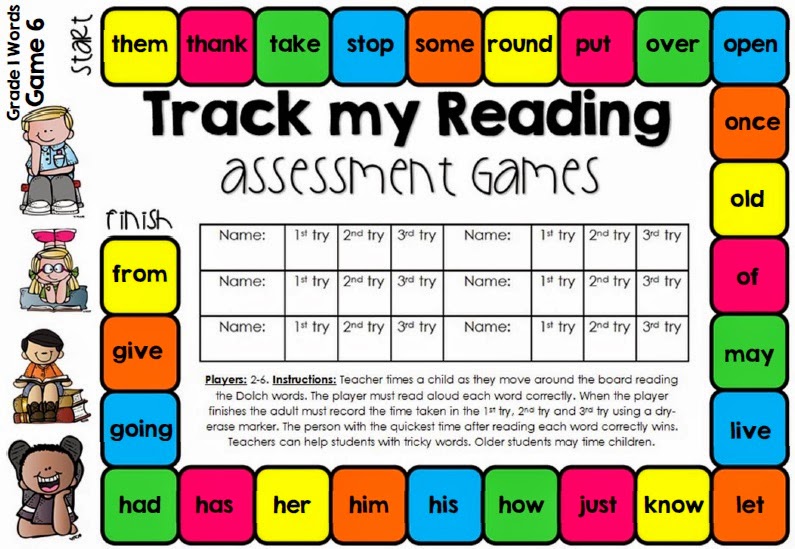 And he will be able to repeat the words later, when he learns to speak, while it is enough that he can point to the desired color or object with his finger. In the future, when he can consciously build phrases, he will easily be able to explain the difference between one or another color. nine0003
And he will be able to repeat the words later, when he learns to speak, while it is enough that he can point to the desired color or object with his finger. In the future, when he can consciously build phrases, he will easily be able to explain the difference between one or another color. nine0003
Which color to start with?
- According to teachers, it is necessary to start learning with red and yellow.
- Start learning colors from your favorite fruit. If a child loves orange, he will easily remember the color orange.
- You can play with plasticine or colored dough and name your child colors. Touching plasticine, contacting with it, the child will quickly remember this or that color.
- Offer pencils and markers for drawing, saying what color they are. Use these names as often as possible: "Give me a red pencil, please", "Let's cap the blue felt-tip pen." nine0029
zhenomaniya.ru
- Pyramids, cubes, large details of the designer, molds, colorful dishes, large mosaics, etc.
 are well suited for memorizing colors.
are well suited for memorizing colors.
heaclub.ru
- Voice colors and actions with colored objects more often: “The bear likes to drink from a RED cup, the Masha doll likes a GREEN dress.”
- Learn colors while walking. “We are walking on green grass”, “we look at what a blue sky!”, “Here is dad's black car.” nine0029
- Compare one or another color with objects familiar to the baby. “The spatula is as red as your hat”, “This bucket is as green as a cucumber.”
How to teach colors to a 3-4 year old child
- Play educational cartoons that clearly name the colors of different objects.
- If you allow your child to play computer games, pick up those where you need to collect or break objects by color.
- Play color construction game by creating shapes of certain colors and naming them. nine0029
s1.maminklub.lv
- Offer to sort objects by color.
mama-love. ru
The younger the child, the fewer items for sorting he needs to offer.
heaclub.ru
- Make didactic games with your own hands.
s1.maminklub.lv
- Come up with “colored fairy tales”. For example: "Once upon a time there was a handkerchief. One day he fell into a cup of red compote and turned red himself.” nine0029
- Say the names of colors in different contexts: “This is a red ball”, “A red ball”, “This is a ball, it is red”, etc. Give up diminutives (blue, red).
- Let your child play with food and items in the kitchen. Everything can be touched and even eaten! But first you need to decompose into piles in accordance with the color. For example, a lemon, a banana and a plate are yellow, a pepper, a tomato and a saucepan are red, etc.
- Play the game "The Cap". Make caps out of multi-colored cardboard. Tell a rhyme, and let the child choose the right hat: “I’m going, I’m going to visit on a horse in a yellow (any color) hat.
 ” nine0029
” nine0029 - Play the game "Find the Extra". Take 2-3 items of the same color and one completely different. Invite the child to exclude an object that differs from the rest in color.
How to teach colors to a 5-6 year old child
- Actively use verses that contain color names.
- At the age of 5-6 years, children really like coloring. Use this to learn as many color names as you can.
Choose images with large details and a bold outline. Recommendations HERE. There are coloring tips with colored outlines. When coloring, repeat the names of the colors, tell how beautiful they are, which pencils are similar in color, and which are different. nine0003
- Confusion game. As a rule, after drawing on the table, caps and felt-tip pens lie separately. A little trick to put things in order and save art materials from drying out: close each felt-tip pen (colored pens) with its own cap, without mixing up the colors.
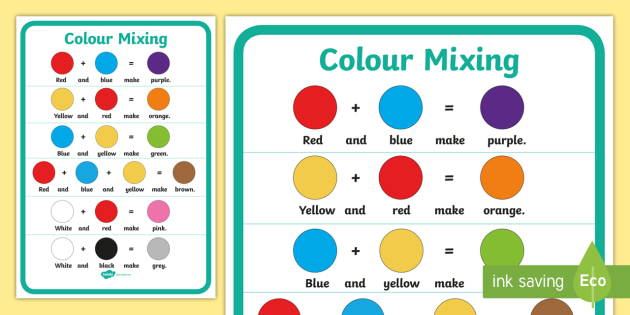
- Use board games to explore colors with 5-6 year olds. For example, Loto.
- Teach your child to collect toys. But not just like that, but by flowers. For example, now we remove all red. Ready? Now we are looking for everything green on the floor. Help the baby, by doing this you not only help him learn colors, but also bring up a little helper. nine0029
- Remember the rule: "Learned a new color - apply."
The more often you encourage your child to name and show what they have recently learned, the better he will remember it.
- Do not despair.
If your child is lazy, doesn't remember well, or mispronounces the names of colors, don't panic or scold them. Try to diversify games with colors, experiment with new ways of remembering.
Children's interest in color is used not only by manufacturers and sellers of children's goods, it can be used by you too. Educate, inspire and motivate! Dear readers! Tell us in the comments what games you play with your kids to learn colors.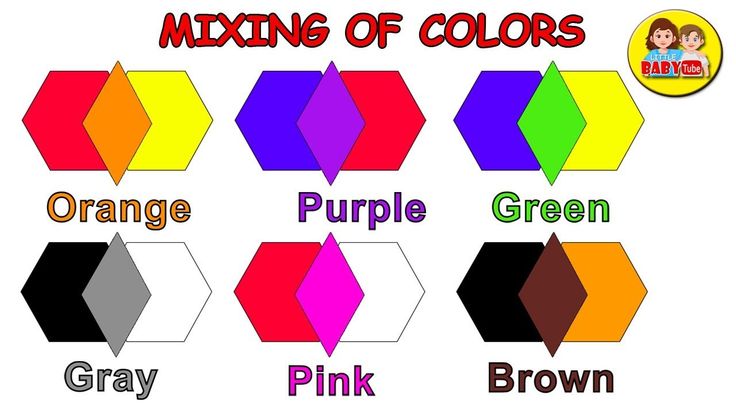 We welcome new ideas and advice. nine0018
We welcome new ideas and advice. nine0018
SEE ALSO
16 169
Reviews and articles
Rastishka
article
Children's birthday in the style of minions: a detailed guide
Surely not only a minion lover lives in your apartment, but also the "heroes of the occasion" themselves - funny yellow-mouthed creatures that look ...
Rastishka
article
Minion making: do-it-yourself storage containers
Funny and cool yellow and blue minions can be made from any available materials. And do it not just for fun, but with ...
Rastishka
article
Minion mania: how to make minions with your own hands
, …
13 456
load 9 more0003
How to learn colors with a child (30 recommendations)
Today I've put together some tips on how to learn colors with a child.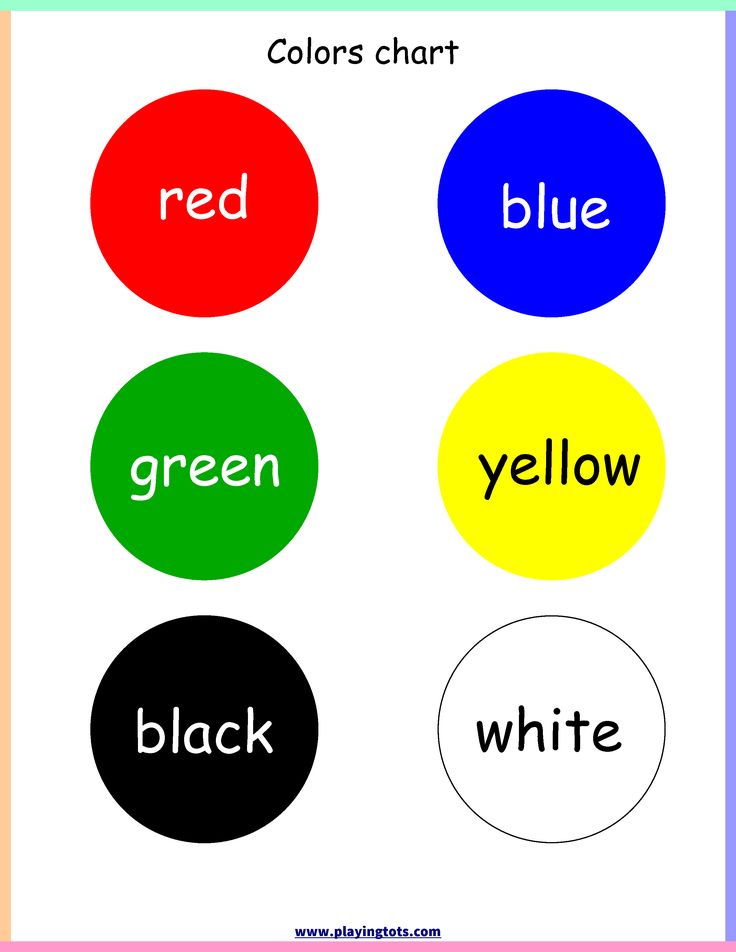 For me, this is also a useful selection that will help in teaching my son. There are many games and activities on the Internet and books, but still I have a fairly large number of questions on this topic. And since I often approach something thoroughly, decided to first collect recommendations on how to learn colors with a baby, and then start playing. In total, we got 30 tips, which I hope will help you too.
For me, this is also a useful selection that will help in teaching my son. There are many games and activities on the Internet and books, but still I have a fairly large number of questions on this topic. And since I often approach something thoroughly, decided to first collect recommendations on how to learn colors with a baby, and then start playing. In total, we got 30 tips, which I hope will help you too.
READ ALSO: 30 tips for reading to young children
- Even before you start learning colors, call your baby not just the object “car”, but “red car”, “green leaf” . The child will get used to the sound of the name of the color and this will help when you start learning the colors themselves. nine0029
- You need to start learning colors from four basic ones: red, yellow, blue and green . Then all the rest.
- The following colors to study: orange, white, blue, purple, grey, black, pink, brown .
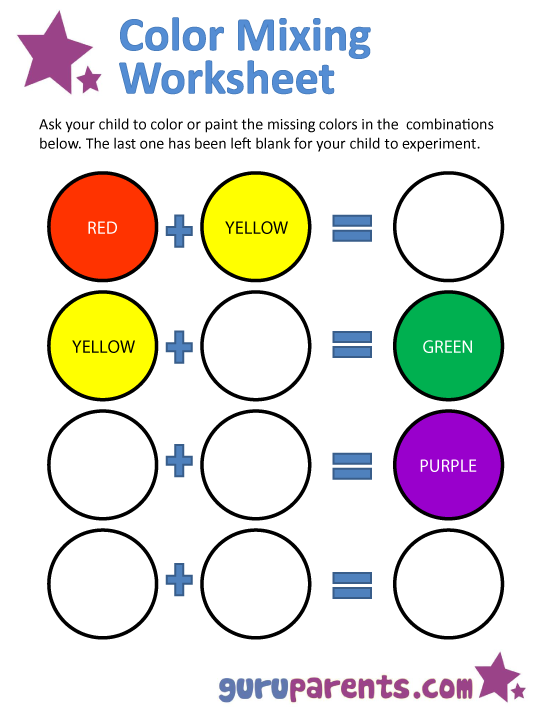
- Prepare flower cards. The baby will be distracted by toys and objects, so it is better to start learning color from a card, and then move on to surrounding objects and games.
- Learn colors gradually and consistently . One color first. When you realize that the child has learned it, go to the second.
- Do not distort the names of colors into “green”, “violet” . Name colors clearly and uniformly.
- When you teach a color to your child, look for it everywhere and show your child : on the street, at home. Then ask the child to find this color in different objects that surround him.
- Do not study one after another or at the same time similar shades of colors , for example, green and light green. The child will be confused.
- Ask the child to bring a toy of a certain color so you can see if he remembers the color.
- Possible aids for the study of colors : crayons, pencils, balloons, pyramid, mosaic, Lego-type construction sets, colored paper.
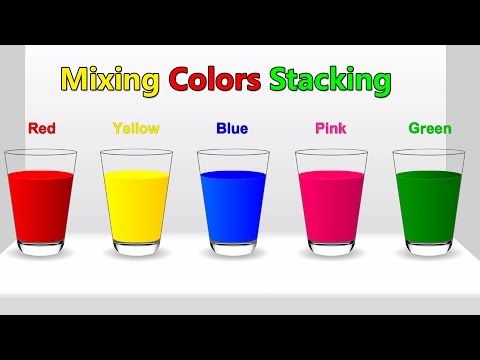
- Pronounce the names of colors with an object in different ways “Red car”, “red car” . So that the child does not perceive color and object as one word. nine0029
- Set aside time each day to study colors . But throughout the day, still ask the child about the color of different objects that are nearby.
- When dressing your baby, name the color of the clothes . Ask him to bring blue socks, a red jacket.
- Don't force your child to learn colors. All learning should take place during the game , unobtrusively and exciting.
- Don't use the "yellow like a car" analogy because cars come in different colors. This will confuse the child. nine0029
- Do not rush your child to answer . And if he finds it difficult, or makes mistakes, help him.
- To help mom, there will still be books, cartoons, games, applications on the phone or tablet, with which it will be easier for the child to remember colors.
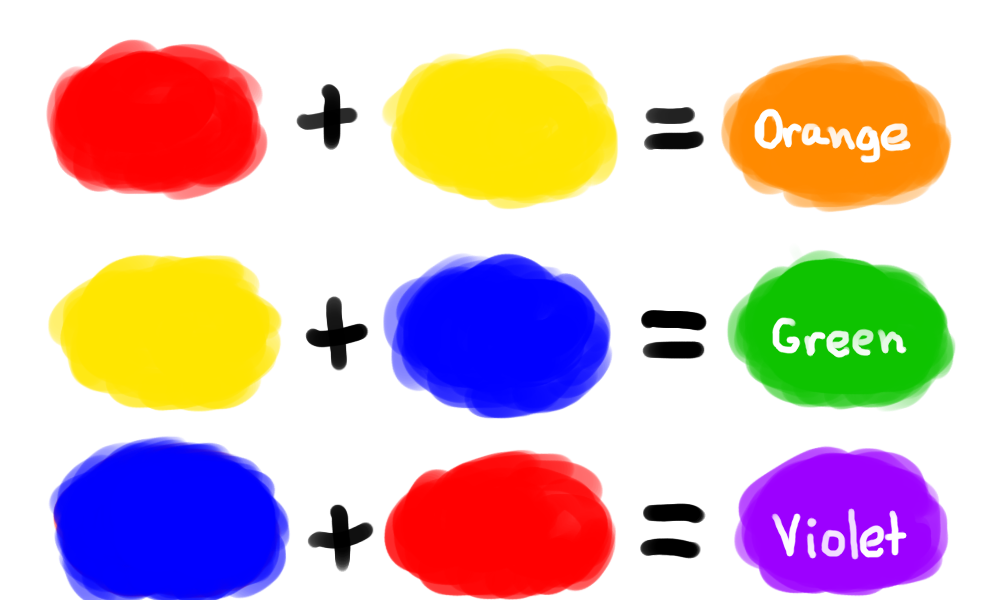
- Teach your child to sort objects by a certain attribute, and then by color. For example, put together Lego bricks of the same color in a box.
- Do not ask the child to name a color. nine0018 At first it will be enough if he just points at him.
- Do not rush to teach your baby a lot and quickly! Everyone has their own pace.
- One of the best ways to explore colors is creativity. Then the child not only sees the color, he constantly uses it in drawing, modeling and remembers it easier.
- You can start learning colors almost from the first months of life , when you carry your baby in your arms, show different objects and tell him about them. Then, along with the name of the item, you need to indicate the color. nine0017 And purposefully begin to learn colors somewhere from the age of 2 . But it all depends on the child and the desire of the mother.
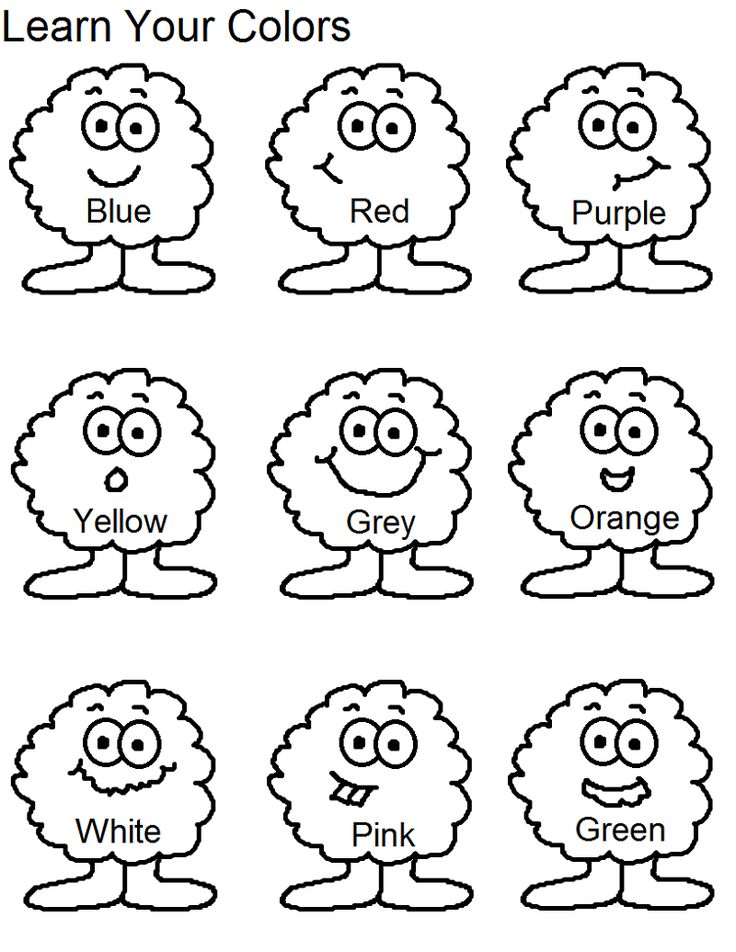 There are a lot of examples when children under 2 years old already knew all the primary colors and even some shades.
There are a lot of examples when children under 2 years old already knew all the primary colors and even some shades. - Show your child the same objects of different colors more often: cubes, mosaics. So that he would rather remember that color is only a property of an object.
- Do not set yourself up for long sessions. The attention of young children is very difficult to keep. If you managed to do it for 2-5 minutes, that's already quite a lot. At 4-5 years old, children can concentrate on classes for 15-20 minutes. nine0017 The main thing is regularity .
- To memorize and practice colors, you can use rhymes and riddles.
- You can study the colors and shades that prevail in a particular season , for example,
in the spring - green, light green;
summer yellow;
in autumn - brown, orange;
in winter - blue, white, light blue.
